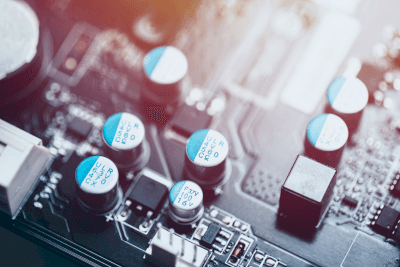What Is Semiconductor Cleaning Equipment?
 Semiconductor cleaning equipment includes the tools and systems employed in the cleaning stage of semiconductor manufacturing, a critical phase that accounts for a significant portion of the production process.
Semiconductor cleaning equipment includes the tools and systems employed in the cleaning stage of semiconductor manufacturing, a critical phase that accounts for a significant portion of the production process.
This equipment is designed to remove contaminants before critical processes like high-temperature treatments and thin-film depositions, as well as to clear away residues like resist after etching processes. It is categorized into wet and dry types, based on the cleaning medium used.
Uses of Semiconductor Cleaning Equipment
Utilized across various manufacturing stages, semiconductor cleaning equipment is especially crucial in the initial stages of device formation on silicon wafers and the final stages involving device separation and packaging. Its role is pivotal in ensuring contaminant-free surfaces, thereby enhancing the quality and yield of semiconductor devices.
Principle of Semiconductor Cleaning Equipment
These systems are integral to maintaining wafer cleanliness through various manufacturing steps, including before and after oxidation, chemical vapor deposition (CVD), and sputtering processes. Adequate cleaning is essential to minimize defects and ensure high-quality production.
Wet cleaning equipment typically engages a sequence of chemical baths followed by rinsing and drying steps, whereas dry cleaning methods might employ gases or plasma to achieve the desired cleanliness without liquid chemicals.
Types of Semiconductor Cleaning Equipment
Cleaning equipment varies by operational method and cleaning medium:
1. Classification by Cleaning Method
Batch Type: Processes multiple wafers simultaneously, with variations such as multi-vessel and single-vessel types depending on the chemical treatment sequence.
Single Wafer Type: Cleans wafers individually, often using nozzles to apply cleaning solutions while rotating the wafer for thorough coverage.
2. Classification by Cleaning Processing Method
Wet Type: Employs liquid chemicals for cleaning operations.
Dry Type: Uses gases or aerosols, avoiding liquid mediums.
Structure of Semiconductor Cleaning Equipment
Diverse structures cater to different cleaning methodologies:
1. Multi-Tank Batch Type
This configuration allows for sequential immersion and processing of wafers, suited for high-volume operations but requiring significant space and chemical usage.
2. Single Tank Batch Type
A more space-efficient approach using a single tank where chemicals are changed between processes, though it still necessitates considerable chemical consumption.
3. Single Wafer Type
Targets individual wafers with chemical sprays, minimizing solution use and contamination risk, though chemical recovery can be challenging due to dispersion.
How to Select Semiconductor Cleaning Equipment
Selection depends on the specific contaminants targeted for removal, with techniques varying for particles, organic residues, and metal impurities, such as microscopic dust, sodium molecules, oil and grease components contained in human sweat, and organic matter such as carbon molecules and metal atoms contained in chemicals used in the factory. Each contaminant type may require different cleaning strategies, from physical brushing and alkaline washes for particles to acidic and ozone treatments for organic and metal contaminants, respectively.